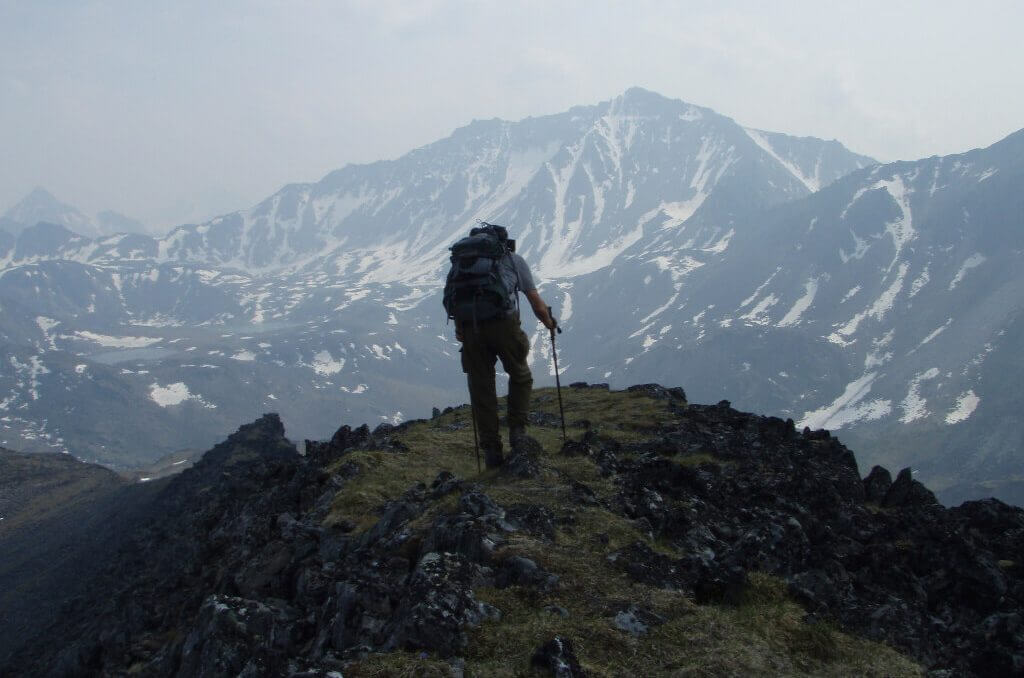Whether you are a seasoned backpacker or a novice day-hiker, trekking in the Alaska wilderness will present new and unique challenges. By preparing your body correctly and building endurance through exercise, your hiking experience will be greatly enhanced. It is not always easy or convenient, however, discipline in the exercise program that you commit to, will help steer you to success.
I have found that the best motivator is having a realistic goal. For me, preparing for a wilderness hike is exhilarating and thoroughly enjoyable. I am going to share my thoughts on the best way possible to prepare. This article is not an instructional “how-to” method, but rather a guideline to help you build your own program and fulfill your personal goal of having the time of your life while hiking in the Alaskan wilderness.
There are three parts to my preparation. They are exercise, diet and attitude. Interwoven and complementary, these components are essential for achieving your goal. They also have the additional positive side results of building strength, confidence, self-esteem and happiness.
EXERCISE
My love for self-propelled movement is expressed through walking, hiking, biking, PackRafting, skating, cross-country skiing and climbing trees when I find a good one. I take time out every day of the week to engage in one or more of these activities. I am extremely grateful for where I live and what I do to earn a living that enables me to indulge in these multi-beneficial pursuits. However, even if you live in a congested, urban environment, you can still walk, bike, climb stairs, jump rope, do planks and engage in other stationary core exercises. You will have to match your personal training program with your specific situation.
When preparing for trekking in the Alaskan wilderness, your primary exercise should be walking or hiking. The difference between the two is walking is done without a pack; hiking is done with a pack. If you are an urbanite, you will have access to more walking opportunities but, hopefully, you’ll be able to escape on the week-ends for some great hiking. Part of my personal training program is to go for a walk every day, without exception. I have built that into my daily routine. It is invigorating and relaxing, at the same time. My body is stimulated, my mind is at ease and reflective. I highly recommend this activity for its multiple benefits. If time is an issue, try walking to work in the morning or maybe part of the way to work. Take a walk during your lunch break or walk home after work. Include a side trip through a park, take a different route, make it interesting and challenging. I think once you begin to walk on a dailAlaska Hiking Toury basis, you will thoroughly enjoy making it a part of your everyday activities.
My second “go-to” exercise is the use of a resistance band. I take one everywhere I go and I use it almost everyday. Resistance bands are simple and easy to use. They have helped me tremendously. Using them burns calories, improves balance and builds strength. I can target a muscle group or stretch my hamstrings without risk of injury. They are perfect for toning leg muscles, working hip flexors and providing isometric type stretches for your lower back. These inexpensive elastic bands are ideal for performing routines in confined spaces like small apartments or even office cubicles. If you have never used a resistance band, now is the best time to start. The quick, positive results will inspire you to use these bands on a regular basis.
The third most important area of exercise concentration should be your core. You do not need a monthly subscription to a gym to perform excellent core exercises. Gyms have great benefits such as professional instructors eager to help and very knowledgable about proper techniques for targeting specific body areas for increased performance. However, you don’t need access to a gym. You can perform core strengthening exercises in the comfort of your home. Some of the best core exercises are planks, crunches, push-ups and pull ups. All of these exercises target the core of the body and most have additional benefits to other muscle groups. These exercises burn calories, build endurance and generate overall strength. Proper techniques to get the most out of your workout are easily found through internet searches. You Tube has a vast library of excellent instructional videos available.
DIET
Diet is just as important to wilderness hiking preparation as is exercise. High quality food, prepared correctly, furnishes your body with essential elements for maintenance, growth and repairs. Food is fuel, providing you with power for locomotion and promoting muscular/skeletal integrity. It’s very important to nourish your body to match your expense of energy. Be smart about what you eat. Read labeled ingredients carefully. Everything you ingest, that is not raw or in a pure form, has potential to include substances that could have negative impacts on your health. Cooking for yourself allows you to get to know and become familiar with the foods that you eat. Experimenting with meals, using high quality food products is absolute great fun. You will discover how well-spent the time is in creating a delicious and nutritious meal. Good quality food also reduces, and will eliminate, “cravings” for junk food and sweets. Creating a balanced diet of self made meals is a wonderful, spirit-lifting feeling of accomplishment and knowing you are doing the right thing for your body.
POSITIVE ATTITUDE
This brings me to the third critical element of a successful preparation: your spirit. Your spirit determines the persistence of your drive and opens the door for positive results. Again, having a goal like envisioning yourself on the top of a mountain, relishing a magnificent view of the Alaska Range is just what it takes to amplify anyone’s zest for success. There are terrific benefits to fostering an upbeat attitude for your goal achievement. People you touch through your words and by your actions will observe and remark on your buoyant optimism. Having an upbeat, positive attitude will inspire others to contemplate developing their own goals of fitness and happiness. The pursuit of these objectives present opportunities for the admirable rewards of accomplishment and positive self esteem. Setting reasonable goals as targets is very important. Success breeds success; being able to say, “I did it!”, is a powerful message to your being. Confidence enables you to overcome setbacks and failures. It gets you back on track with alacrity. The number one gift in life to give to yourself is a positive attitude. It is only you who can do this.
Preparing for an Alaskan wilderness adventure is a wonderful way to jump start a lifestyle change. Restructuring your diet and creating a “doable” exercise program while maintaining a positive attitude will have significant and wonderful impacts on your daily life.
Now, go for a walk and make a plan to start building the best you possible.
I am always available for assistance and positive reinforcement at info@alaskahiking.com
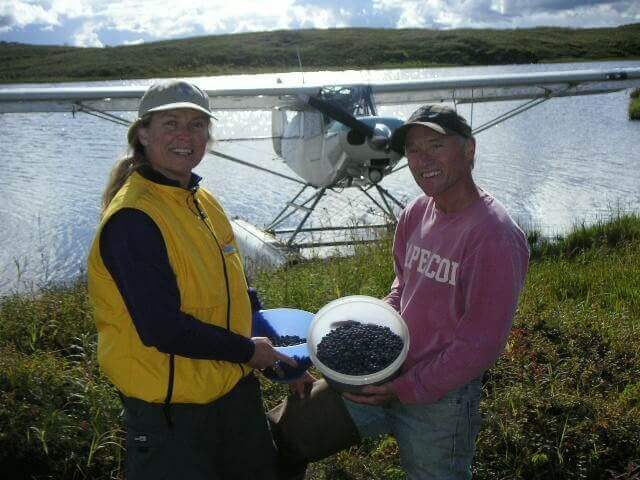
Alaska Hiking and Trekking with Denali Trekking Company
Best Hikes in Alaska Denali Trekking Company offers a variety of hiking experiences in pure Alaskan wilderness where the only access is by airplane. Our hikes span all skill levels
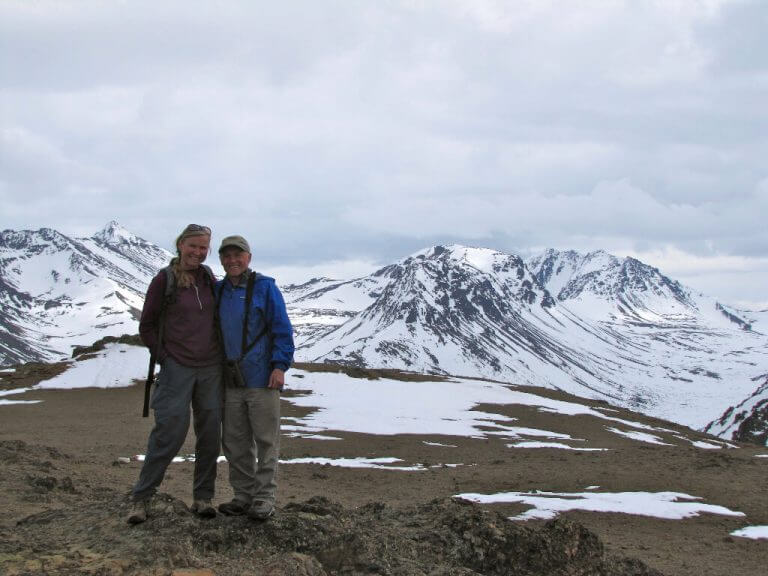
Alaska’s Finest Hiking Adventures
Denali Trekking Guides Our guides are home spun wilderness travelers with an unquenchable thirst for adventure. Each guide possesses unique skills for enjoying the best that the Alaskan wilderness has
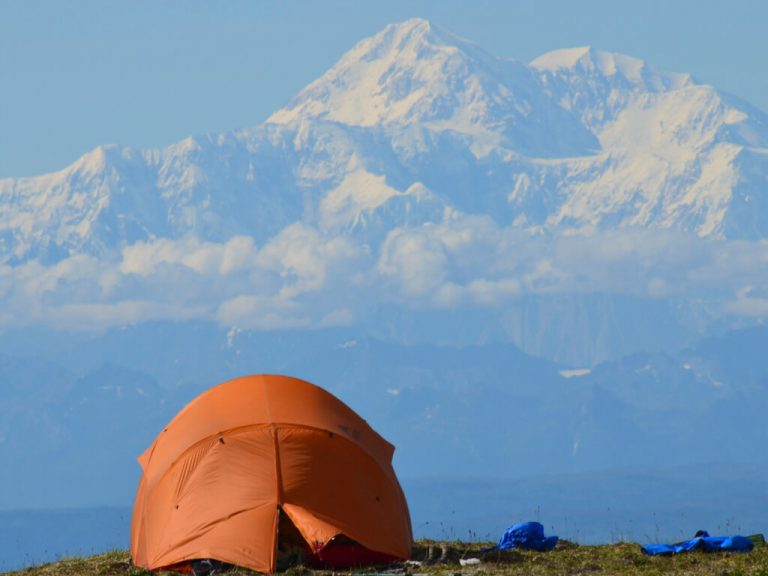
Why book your Alaska Hiking Adventure with Denali Trekking Company?
Denali Trekking Company has been in continual operation since 1984. Every year we have been in business, we have added quality to our operation. Experience is the key in perfecting
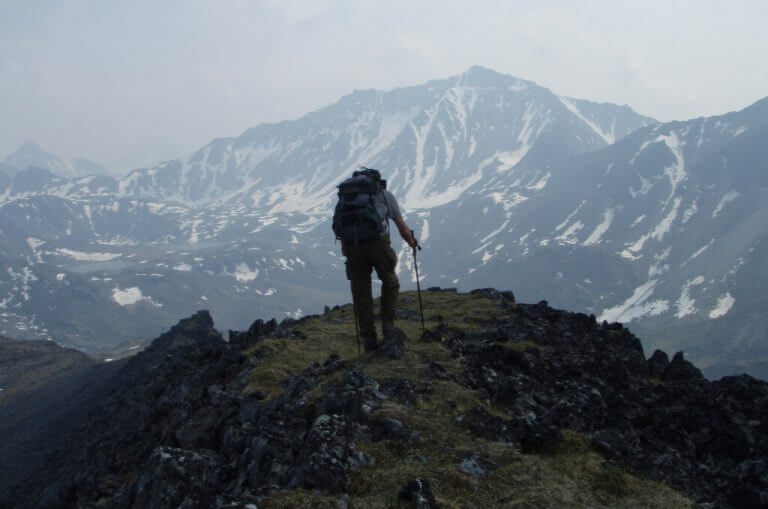
Preparing for a Hike in the Alaskan Wilderness
Whether you are a seasoned backpacker or a novice day-hiker, trekking in the Alaska wilderness will present new and unique challenges. By preparing your body correctly and building endurance through

